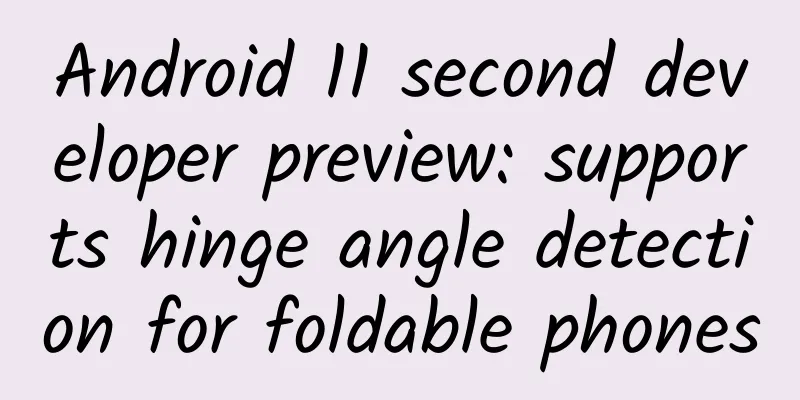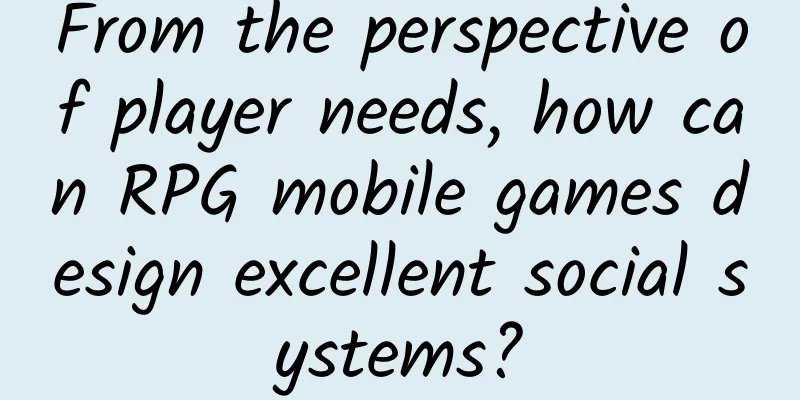Android 11 second developer preview: supports hinge angle detection for foldable phones

|
On March 19, according to foreign media reports, almost a month after the release of the first developer preview of Android 11, Google released the second version. Android 11 DP2 is a developer preview, not a public beta version, so it does not contain the various Android 11 features that people expect, but this version is also worth discussing, such as support for hinge angle detection of foldable devices.
The upcoming Microsoft Surface Duo will benefit from new Android features. The most noteworthy is an API (application programming interface) that allows foldable devices to tell applications what angle its hinge is bent at. In other words, if devices such as Microsoft's upcoming Surface Duo adopt this latest Android system, they are expected to be able to adjust the screen state more easily. Broadly speaking, the ability of Android devices to display different content based on the bending angle of the hinge is becoming a more important feature that should be handled at the system level. Other devices such as Samsung's Z Flip and Galaxy Fold will also benefit. Google has also added an API to strengthen spam call blocking, which allows applications to report the reason for rejecting calls and can also determine whether the caller number is from the user's address book. It has also added a way for applications to check the status of 5G networks, which is essentially adding a switch on top of the bandwidth estimator. It allows applications to display the 5G icon when they are on a 5G network. I believe that operators will be happy to see this because it will give them another way to promote 5G. Android 11 will finally handle variable refresh rates at the system level, so developers and manufacturers won't have to roll their own solutions. This is a long-awaited feature in the industry, and given that 90Hz and 120Hz screens are expected to become popular this year, hopefully it won't be too late, otherwise there may be fragmentation issues. In terms of privacy and security, Android 11 will further restrict access to cameras and microphones. In the new system, their permissions will be similar to location access permissions, and background applications will not be able to call cameras and microphones if they are not providing "foreground services." Android is still restricting access to system storage, and the latest version provides data migration tools for applications. Although this release is not for consumers, Google still provides developers with an easier installation option: "To simplify the installation process, you can choose today's version from the Android Flash Tool. For those who are already running Developer Preview 1 or 1.1, we also provide an OTA wireless update for today's release." Of course, this system version is only pushed to Pixel phones, including Pixel 2, Pixel 2 XL, Pixel 3, Pixel 3 XL, Pixel 3a, Pixel 3a XL, Pixel 4 and Pixel 4 XL. |
<<: How to disinfect your phone?
>>: Not only does it turn blue, there are new changes. Have you used these "new features" of Alipay?
Recommend
Tik Tok new media’s replicable content methodology!
On Tik Tok, only entertainment is the popular con...
The best advertising placement strategy for iQiyi
Today we are honored to invite Watson, the little...
Zhao Yangang learned how to create millions of SE0 traffic in 60 days
The course schedule is as follows: ——/It Network/...
A brief discussion on Weibo marketing and promotion strategies!
Weibo may not bring direct sales, but it can subt...
The most comprehensive iOS language learning materials collection
This learning material is prepared for iOS beginn...
The EU officially launched an anti-subsidy investigation into Chinese electric vehicles, but the most panicked are BMW, Mercedes-Benz and Audi
Recently, the European Union officially decided t...
Today is the Autumnal Equinox丨Blue sky, yellow leaves, autumn colors
" Fen means equal. This is half of the ninet...
The 4 necessary stages of KOL placement
Compared with the mature information flow adverti...
Can Windows tablets make a comeback?
Are you still using a tablet computer? Has the sc...
Apple opens iOS 17, watchOS 10, and macOS Sonoma developer betas to all users for free
On June 7, Apple announced that developer beta ve...
A fitness blogger revealed that she had six uterine fibroids due to stress. Experts remind us: Uterine fibroids "prefer" these three types of people
Sports health blogger Zhou Liuye Zoey, who has 9....
3 drainage principles to help you attract new customers efficiently
User growth is almost the ultimate proposition of...
How do fireflies glow? Are they charged in advance?
Produced by: Science Popularization China Author:...
How to identify Baidu spider? How to attract Baidu spider?
When many SEO practitioners first come into conta...
Hot Money Learning Record 2021 "Hot Money Short-term Review Template Teaching" Video
Introduction to the video resource of the 2021 &q...









